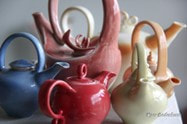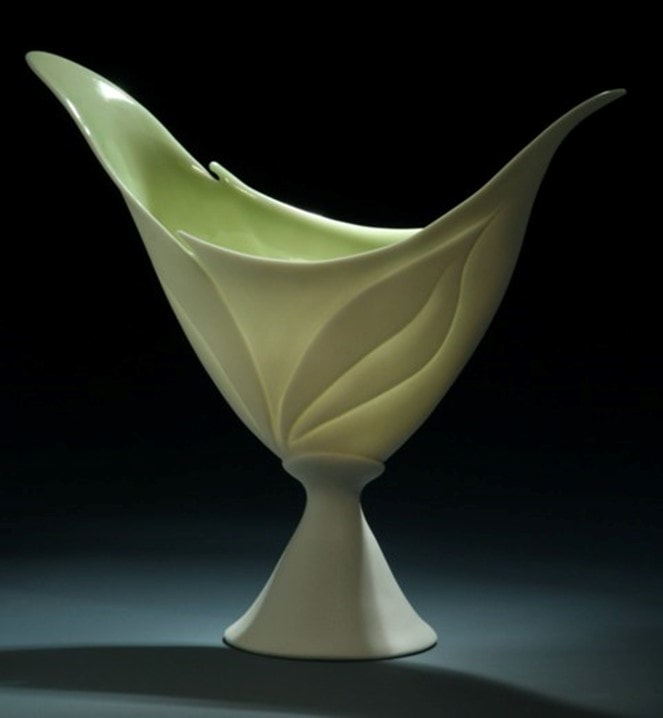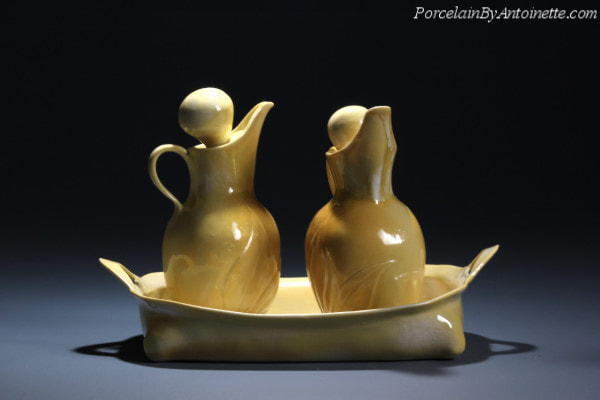Malelane
Malelane was paradise. Our children were young preschoolers; in fact, Tinyke was a 9 month old baby when we moved there. Koos was working at the sugar mill, a booming new industry for a region that previously relied on vegetables for their daily bread.
I was raised in Namibia, where we only saw flowing rivers when it rained in the Khomas Hochland Mountain, just so that it will run down in a few hours into dry sandy beds? So in comparison with my childhood home, this was true paradise. It was a luxury to see the Crocodile River constantly running. Drought was not uncommon here, but the vegetation was lusciously green in contrast with the mostly grayish green landscapes where I grew up. Bougainvillea became trees in comparison with the ones growing in Namibia and I never saw bigger banana leaves than the ones in the Lowveld where it grew in plantations. There were crocodiles and hippopotamus in the river and if you watched closely, you could see elephants or buffalo on the other side of the river in the Kruger National Park. Our favorite leisure time was on Sunday afternoons when we took the children to see these animals in and around the river.
First pottery students
My first 3 students were housewives from the community. They had to pay their class fees of R30 (the equivalent of just over $2.50 in today’s terms) upfront so that I could buy our first clay. I became the one-eyed king in the land of the blind and I never dreamed that those first pottery lessons would lead to a passion of a lifetime.
First beginner pottery kiln and pottery glazes
It took me five months before I had my first kiln. Someone advertised a kiln for R400 (about $40 in current terms) in Nelspruit, a neighboring town. It was time for my next lesson and it was here that my husband showed his weight in gold regarding my pottery escapades!
The kiln was a flimsy old top loader, with broken elements and only two settings: on and off. With the help of technicians, Koos hand coiled elements and before long we had a kiln going! By then I collected enough class fees to buy our first glazes. Not knowing any better, I ordered 12 different one-kilogram (2.2 lb.) glazes to dip our pots in. Of course it did not work too well (our pots were too big to dip and we did not know of any other way, so we poured the glaze. We managed though, and before long we had our first finished pieces fired. Our first pots were made and we were very proud of ourselves. As I improved, curiosity sometimes got the best of me and I opened a kiln way too soon, just to end up seeing pots cracking in two right in front of my eyes. A long career of learning
It took me years to learn and understand that pottery carried a history that stretched far beyond my imagination. I never realized the importance of clay for anthropological research. If my first studio would have been an archaeological site, they will probably find shards, telling interesting stories of us few women that had so much fun in our garage studio and maybe they would find the first signs of the birth of my passion for clay. It became a lifelong love affair, one that I never would have managed, was it not for my dear husband and his patience with me. (oh he still did not eat his hat as he said he would do if I become a potter!)
I was not fortunate enough to learn about clay through generational inheritance, as the ancient people probably did. I did not even know at first that clay is earth and it was a big "aha" moment for me when I realized that clay in a kiln and rocks forming from lava had strong similarities. When I decided I have to start teaching pottery, I never thought that I started on a path in which I created footprints that may have some permanence. Having that knowledge now, puts on me an obligation to make sure that any piece I fire not just holds beauty in its core, but also an intelligence of good craftsmanship and expression value to last for millenniums to come.
Saving face.....
My career came a long way from those very first days with clay. It became a profession that took me across the world and that gave me opportunities to show and teach my porcelain in which I ended up specializing, to potters around the globe. The latest highlight is showing my work with a group of internationally recognized potters in a New Members Exhibition in Beijing China. The show was canceled earlier this year due to the pandemic, so it just opened recently as a virtual show at the Guozhong Ceramic Art Museum
A few Historical facts about pottery
I mentioned anthropologists. It is one of their specialty fields to have an interest in clay objects. Did you know that shards can tell us about ancient technology and human behavior? Since clay is preserved by fire, it carries footprints and cultural evidence that cannot easily be distinguished.
I came across this you tube video that explains how they translate images and marks from clay into historical facts: The presenter has a lively way in which he explains the importance of pottery shards to read ancient history. It took me years to learn and understand that pottery carried a history that stretched far beyond my imagination. I never realized the importance of clay for anthropological research. If my first studio would have been an archaeological site, they will probably find shards, telling interesting stories of us few women that had so much fun in our garage studio and maybe they would find the first signs of the birth of my passion for clay. It became a lifelong love affair, one that I never would have managed, was it not for my dear husband and his patience with me. (oh he still did not eat his hat as he said he would do if I become a potter!) I also found this beautiful website with information about the Ancestral Pueblo cultures found in the regions where Arizona, New Mexico, Utah and Colorado meets, known as “The Four Corner area” It is believed that the Pueblo people descended from nomadic living styles and gathered here some 12 thousand years ago. Their pottery has a significant influence on American pottery; to this day.
1 Comment
Potters will get the opportunity to pinch a teapot. They will make 2 cups and a tray and finish it off professionally.
Throwing porcelain dinner sets include the design considerations, throwing and trimming on the wheel, altering processes as well as glazing mixing and firing considerations. Students learn how to make different mug shapes, goblets, tumblers. Antoinette teaches how to make pie dishes, different bowls like cereal and salad bowls, plates, platters and lidded casseroles. She explains how to prevent cracks and hand out many tips and techniques.
Image:Learn how to create fine translucent wine goblets on a pottery wheel.
In this hand building dinnerware workshop Antoinette teaches students about microwave safety, how to design for dish washer safety, how to make mugs, goblets, what to consider when making handles and knobs, decanters without using a potter's wheel. Learn how to alter porcelain bowls, plates and pitchers and shows how to make the spout without spilling. Students learn how to hand make trays with salt and pepper shakers.
There are a few things to consider when forming a spout. Whether it is of a jug that is hand built with porcelain or thrown on the potters wheel, these simple considerations will help to pour liquid easily without spilling.
Potters learn in this online workshop all about coiling, slabs, mold making and use the character and history of porcelain to push their own limits. The art students learn which tools are best for trimming clay, learn about design and extruding and learn how to control the drying stages of porcelain to get to translucency.
Image: This translucent porcelain envelope was formed from two press molded shells, altered and carved and then placed on a wheel thrown pedestal.
Just like clay, glaze materials comes from earth, known as raw (glaze) materials. A basic glaze is made up from clay, melting agents and silica. In this video Antoinette explains the glaze material in layman terms with analogizes from her kitchen.
Glazing of pottery can come in many different techniques. Majolica is a very old decorating technique that originated somewhere in the 15th century on the Spanish Island Majorca.
I will give you tools to expand your options to use your glazes strictly for function, but I will also help you to create techniques with glazes that you may use for decoration on your work. Some decoration techniques will also be usable for kitchenware. We will address troubled glazes; how to identify and fix them and we will touch on altering glazes for the different base glazing techniques, like dipping, pouring, spraying and brushing on glazes.
There are different ways to resist glazes from the pottery surface. It is also possible to block out a certain area and layer a next color on top of the previous one.
Learn online to create dinnerware. The process is fairly simple and can be used with any kind of smooth clay. I created this jug from a slab and built it in 2 phases. Potters that are not interested in wheel throwing, or that wants to improve their hand building skills will benefit from this workshop. Details are available here: teachinart.com/handbuilding-porcelain-dinnerware-revised.html Once a potter gets an insight of how to form and design dinnerware, it is possible to create anything from a slab of clay.
Learn how to make teapots in a series of e-courses by Antoinette Badenhorst. Beginner to advanced potters can learn how to throw all the elements of a teapot on the wheel but can also learn the hand building skills if they do not enjoy wheel throwing. Clay like porcelain, stoneware and earthenware come alive in these video classes. Students learn how to make handles with style, spouts that pour without spilling, lids that fit and teapot bodies that may be collected by teapot collectors. Image:Small translucent collectors teapots by Antoinette Badenhorst
|
Online pottery and porcelain workshop announcementsAuthor
Antoinette Badenhorst worked with ceramic glazes for many years. She learned through many mistakes. When she created her first pottery glazes her journey barely started. Today she is teaching potters around the world to work with glazes Categories
All
|



















 RSS Feed
RSS Feed